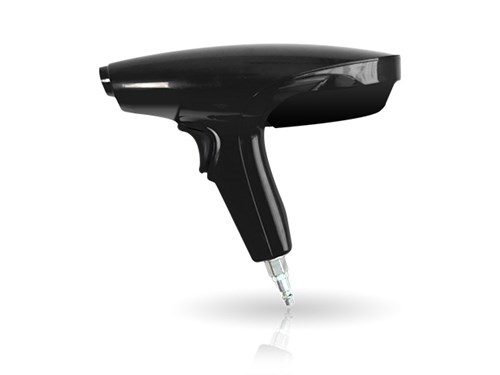Static electricity can be a common and frustrating issue in the automotive refinishing jobs, particularly when it comes to car panels. Static on car panels refers to the build-up and discharge of electrical charges on the surface of the vehicle, leading to various problems such as dust attraction, paint defects, and even discomfort for occupants. In this article, we will explore what causes static on car panels and discover the optimal solution to eliminate it during car painting.
Static electricity is generated when two objects with different electrical charges come into contact or separate from each other. Therefore, it is a prevalent phenomenon in everyday life and can occur in various situations, including the movement of car panels during manufacturing, assembly, or even driving. Car panels, made primarily of metal or plastic, are prone to acquiring an electrical charge due to their low conductivity. In automotive refinishing, static can be generated when abrading the panel during the paint preparation process, such as with plastic bumpers. The act of abrading the panel creates patches of positively and negatively charged electrons on the surface. These charged electrons persist on the panel until rectified or ionized.
The static charge will persist on the panel until it can eventually be discharged, posing a challenge when spray painting the panel that now carries both negative and positive charges. Dust and debris are attracted to the charged surface, resulting in an unsightly appearance and the need for frequent cleaning. Static electricity is particularly pronounced in corners, such as bumper panels, and in openings like light fittings on the panel. Static charges can also interfere with the painting process, causing defects such as:

The fastest, most effective and least expensive way to eliminate the static energy produced during an automotive refinishing job is to use an ioniser, more commonly known as an antistatic-gun. Q1® Anti-Static Gun is an advanced wireless system designed to eliminate static electricity on various charged surfaces, making them free from dirt particles and ready for painting. The system consists of an ion generator and a valve that directs compressed air towards the target surface for neutralization. The combination of air and ions effectively expels particles, preventing them from adhering to the surface due to charge loss. The gun's electrodes are aligned with a laser, ensuring precise marking of the areas undergoing static neutralization. Additionally, the gun features a 4-level battery indicator positioned on the upper part for easy visibility to the user. This indicator is activated during charging or gun operation.
Tackling static electricity is crucial for achieving flawless automotive refinishing results. By understanding the causes and effects of static on car panels, and implementing effective solutions like the Q1® Anti-Static Gun, professionals in the industry can significantly enhance their workmanship and customer satisfaction. Don't let static electricity compromise your automotive refinishing jobs. Take action today and invest in the right tools to eliminate static energy, ensuring impeccable finishes and a seamless experience for both you and your clients.
Upgrade your refinishing process and unlock the true potential of your craftsmanship.
Let's get in touch.
Keeping excellent masking products in your shop means selling efficiency and high productivity to your customers. Join the Q1® family to watch your business grow.